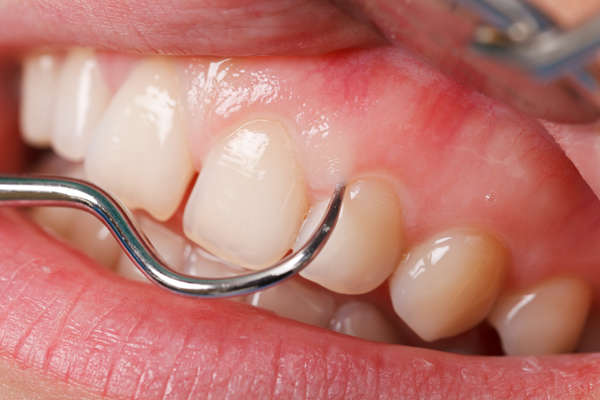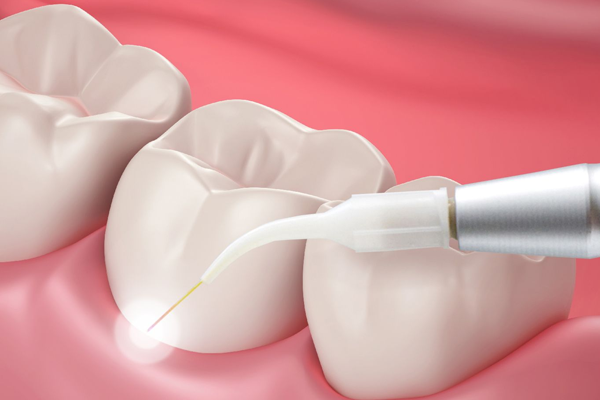Treatment of Gum Infection
Gums protect and support your teeth and tissues that hold them to the bone. Infected or unhealthy gums may increase your risk of tooth loss. Gum diseases develop in areas where you are not brushing or keeping then clean. Bacteria accumulate in a film on your teeth and develop inflammation. Gum swelling is the first sign of gum disease and other signs include gun redness, bleeding, receding gum line, bad breath and mouth sores.
Serious gum infections are not common but can lead to major issues when not treated. Infection develops when germs enter a susceptible area in the body and multiple in your mouth. If the bacteria are not removed, they can cause tissue breakdown and form periodontal pockets and infections. Periodontitis affects the area just below the gum line, in the v-shaped crevice between your tooth and gums, known as the sulcus.

Treatment of Gum Infection
Once you notice gum infection, you should consult a dentist. After diagnosis, you will have a number of treatment options that differ based on the severity of the gum infection.
The following are a few common methods of treatment:
Antibiotic Therapy
Most often, antibiotics are used to treat gum infection. Your dentists may insert an antibiotic injection into the gum infection site.
Root Planing and Scaling Treatment
This advanced gum infection treatment cleans your gums and teeth and the way to the roots.
Surgical Interventions
If the above treatment doesn’t work, then your dentist may recommend surgery. There are a number of surgery options such as a gingivectomy, tooth extraction or flap procedure.
Preventing gum infections is the best thing you can do to maintain oral hygiene. Make sure to rinse, brush and floss daily. Visit your dentist twice a year for professional cleanings. By doing this, you can keep your teeth and gums healthy and prevents any infection.
